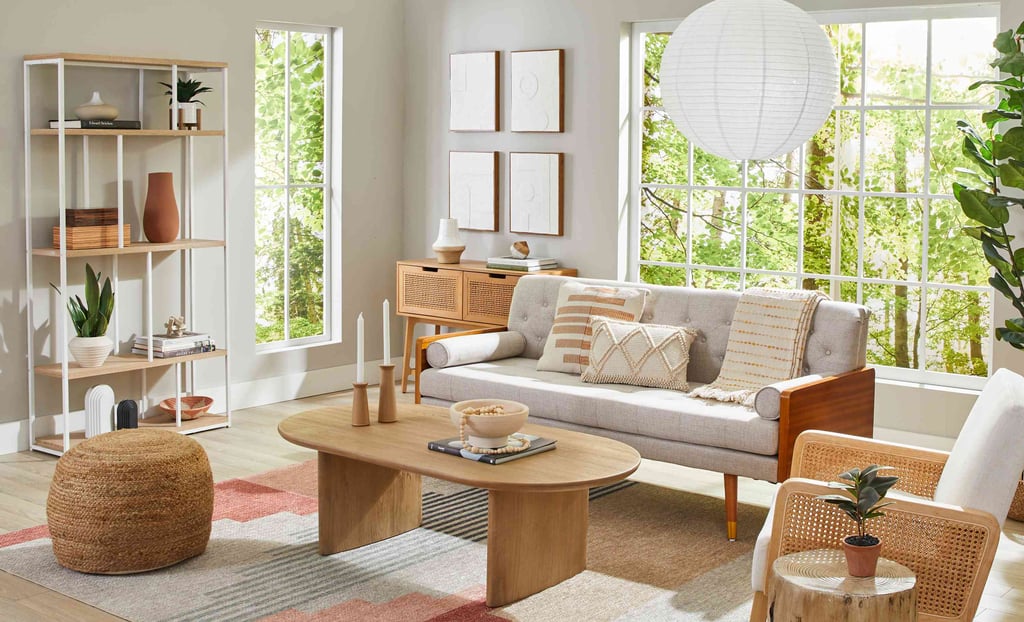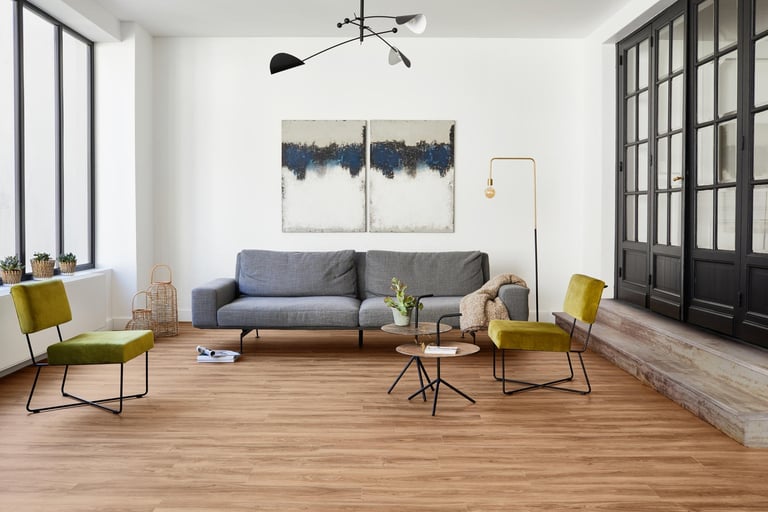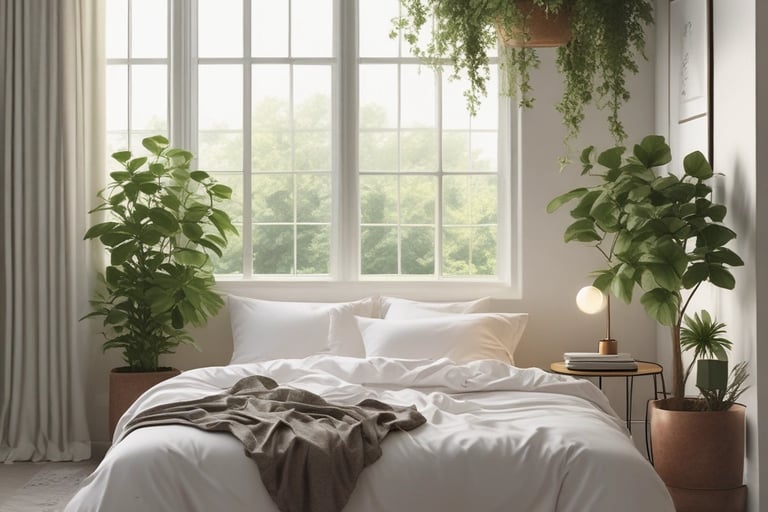The Art of Minimalist Decorating: How to Create a Stylish Home with Less
Style not just yourself but your house with these 7 simple tips. learn the art of minimalist decorating.
4/6/20254 min read


Minimalism is more than a design trend; it is a lifestyle choice that emphasizes simplicity, functionality, and elegance. In a time when we are often surrounded by clutter and abundance, it can be enlightening to embrace minimalism as a way to transform the aesthetic of our homes and our expression through space. However, minimal decorating is more than just designing super-actively free - it is about cultivating a space that is inviting in an intentional, beautiful way that elevates your everyday.
Here is an example of how to curate your home into a simply put-together, elegant, sophisticated, and peaceful space in a minimalist manner.
1. Utilize a Neutral Color Theme
A neutral color theme, like whites, greys, taupes, and beiges, is the basis of a refined space. Neutrals are easy to live with, and can build a retreat away from chaotic scenes. Additionally, neutral colors visually open up a space to make it feel larger and airier. Of course, if you want to add something to the scheme, introduce subtle color through cushions, or a single bold piece of art.
Reason Why?
Visual Harmony: Neutral color provides visual harmony and evokes a sense of calm and tranquility.
Flexibility: A neutral palette can be styled in an infinite number of ways by adding colors or textures without overwhelming the space.
2. Select Simple, Functional Furniture
The essence of minimalist furniture is based on its straightforward lines, practicality, and functionality. Instead of selecting items that are overly decorative, choose functional pieces. Multifunctional furniture, such as storage beds or foldable tables, are ideal to make the most of open space without making it feel cluttered.
Here are further suggestions for selecting furniture:
For clean lines, Choose simple pieces that have geometric designs to create the essence of minimalism.
For natural materials: Select natural materials, such as wood, metal, or glass, to create warmth and texture for your space.
3. Use Natural Light to Full Advantage
One of the best elements to a minimalist design is natural light. Natural light enhances the openness and airy feel of a space, which gives it the appearance of more space. To maximize the light coming in, it is best to keep windows clear or use sheer curtains so that you can enjoy the sunlight while still filtering the light. This will not only brighten up the space, but you will not need to rely on electric light sources.
Why is natural light important?
Ambiance: Natural light creates a warm and cozy ambiance that fits well with a minimalist decor.
Energy: You can reduce your energy consumption, as well as live a more ecologically conscious life, because you are using natural light instead of overhead electric lights.
4. Simplify and Select Decor
Minimalism is largely concerned with quality instead of quantity. In other words, select a small number of well-considered decorative things, instead of filling your home with unwanted clutter! When selecting decor, consider, "Does this element add value or joy to my home?" If the answer is no, then it won’t serve you well.
When considering decor:
Statement Pieces: Choose a few statement pieces, like a bold work of art or a sculptural plant, to provide personality to the space.
Personal Touches: Include decor items that are personal to you, to keep the space feeling full of life, and real.
5. Use Hidden Storage
It is extremely important to keep your space clutter-free (and decor-free!) in any minimalist design. It may help to provide hidden or tucked away storage, in furniture or shelves behind doors, that can keep your home looking neat and clean while promoting a sense of calm and functionality.
Benefits of Hidden Storage:
Visual Cleanliness: As you tuck away items, to functionally store them, you will improve your visual cleanliness.Functionality: By having items out of sight, your sorted items will be organized and easy to find when needed.
6. Play with Texture and Negative Space
Although minimalism is simple, some gentle texture can create depth and warmth. Adding throw pillows, rugs, or blankets in natural materials will give you a cozy feeling without detracting from the minimal aesthetic. In addition, use negative space to find balance and let the space "breathe" more to accent the pieces you've chosen.
The Importance of Texture:
Visual Interest - A texture can give visual interest without adding clutter.Emotional Connection - Various textures can spark emotion and ultimately make a space feel more inviting and personal.
7. Introduce Natural Elements
Include natural elements or plants within your minimalist space, adding life without compromising the simplicity of a minimalist style. Small plants such as succulents or cacti will have just enough "green" without taking over the space.
Why Nature Matters:
Visual Appeal: Plants will add color and texture to enhance the visual appeal of your space.
Health Benefits: Being around nature has many health benefits, such as lower stress levels and an improved mood.
Conclusion
Minimalism is not about having a sparse home; it is about having a mindful, beautiful home that reflects your personality and values. By choosing a design that is simple, functional, and beautiful—plus peaceful and inviting—you can create a home that is as purposeful as it is stylish. While you might be starting from scratch, or you've lived in a place for a long time, minimalism is a journey, not a destination. It will help you to be intentional, and to love where you are now. Your home will be transformed by these concepts, and it will also influence your life. Minimalism is a lifestyle of mindfulness, simplicity, and a deep appreciation for what really matters. So, let yourself begin this new journey of slowing down and living with a little less!




